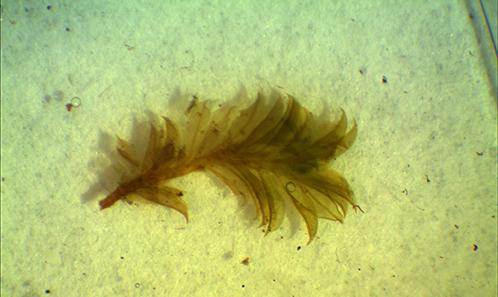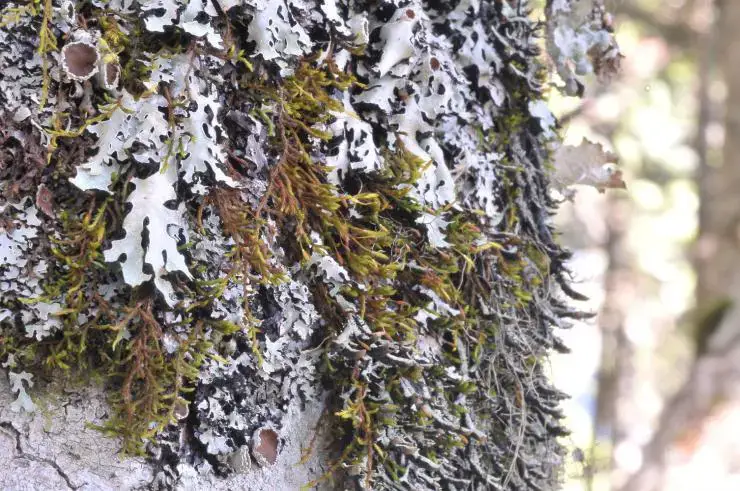
bryologie2022v43a10-visuel.jpg from: https://sciencepress.mnhn.fr/en/periodiques/bryologie/43/10

cryptogamie-bryologie2010v31f3a10.jpg from: https://sciencepress.mnhn.fr/fr/periodiques/bryologie/31/3/hypopterygium-tamarisci-sw-brid-ex-mull-hal-hypopterygiaceae-bryopsida-new-italy
Microdus hawaiicus: The Tiny Hawaiian Moss with a Big Story
Introduction
When we think of Hawaii, images of lush tropical forests, colorful flowers, and towering volcanoes often come to mind. But there’s a tiny, often overlooked inhabitant of these islands that deserves our attention: Microdus hawaiicus (Müll.Hal.) Paris, a unique species of moss. In this blog post, we’ll dive into the fascinating world of this little bryophyte and discover what makes it so special.
Background on Mosses
Before we get into the specifics of M. hawaiicus, let’s briefly review what mosses are. Mosses are non-vascular plants in the division Bryophyta

7037e79d418c961c5141889e083833ce.jpg from: https://taieol.tw/muse/digi_object/2355523fe7d6b11d4b7a8ac495911fd7
. They lack true roots, stems, and leaves like the more complex vascular plants. Instead, they have root-like rhizoids, stem-like structures called setae, and leaf-like phyllids. Mosses play important ecological roles, helping to retain moisture, prevent erosion, and provide habitat for tiny organisms.
Morphology and Identification
Microdus hawaiicus is a small moss, typically growing in dense tufts or cushions. Its phyllids are lance-shaped and have a distinct midrib. The seta is relatively short compared to other mosses, usually only a few millimeters tall.

16083595bb6b5297d4932aee5f359826.jpg from: https://openmuseum.tw/muse/digi_object/2355523fe7d6b11d4b7a8ac495911fd7

5856d54f21c593d9017a4c708465902e.jpg from: https://taieol.tw/muse/digi_object/944be5363af1050246cc941b5ca41998
The capsules (sporophytes) are erect and cylindrical. One key identifying feature is the peristome, the ring of tooth-like structures around the mouth of the capsule, which in M. hawaiicus is single and consists of 16 teeth.
Global Distribution and Habitat
As its name suggests, M. hawaiicus is endemic to the Hawaiian islands, meaning it is found nowhere else on Earth. Within Hawaii, it has been recorded on the islands of Hawaii, Maui, Molokai, and Oahu. It typically grows on rocks, soil, or sometimes on the bark of trees in wet forests from low to high elevations (300-2000 m).
Ecological Roles and Adaptations
Like other mosses, M. hawaiicus plays a role in its ecosystem by helping to retain moisture and prevent soil erosion. Its cushion-like growth form helps to trap and hold onto water. The Hawaiian islands can experience periods of drought, so this moisture-retaining ability is especially important. Additionally, the dense mats of M. hawaiicus provide micro-habitats for invertebrates and other tiny organisms.
| Characteristic | Description |
|---|---|
| Division | Bryophyta |
| Class | Bryopsida |
| Family | Dicranellaceae |
| Genus | Microdus |
| Species | M. hawaiicus |
| Phyllids | Lance-shaped with midrib |
| Seta | Short, few mm tall |
| Capsule | Erect, cylindrical |
| Peristome | Single, 16 teeth |
| Habitat | Wet forests, 300-2000 m elevation |
| Substrate | Rocks, soil, tree bark |
| Distribution | Endemic to Hawaiian islands |
Conclusion
Microdus hawaiicus may be small, but it is a unique and important part of Hawaii’s biodiversity. Its restricted range makes it a species of interest for conservation, as it could be vulnerable to habitat loss or climate change. The next time you find yourself in a Hawaiian forest, take a moment to appreciate the tiny world of mosses at your feet. Who knows, you might just spot a patch of M. hawaiicus quietly doing its job in the ecosystem. What other little-known species might be out there, waiting to be discovered and appreciated?